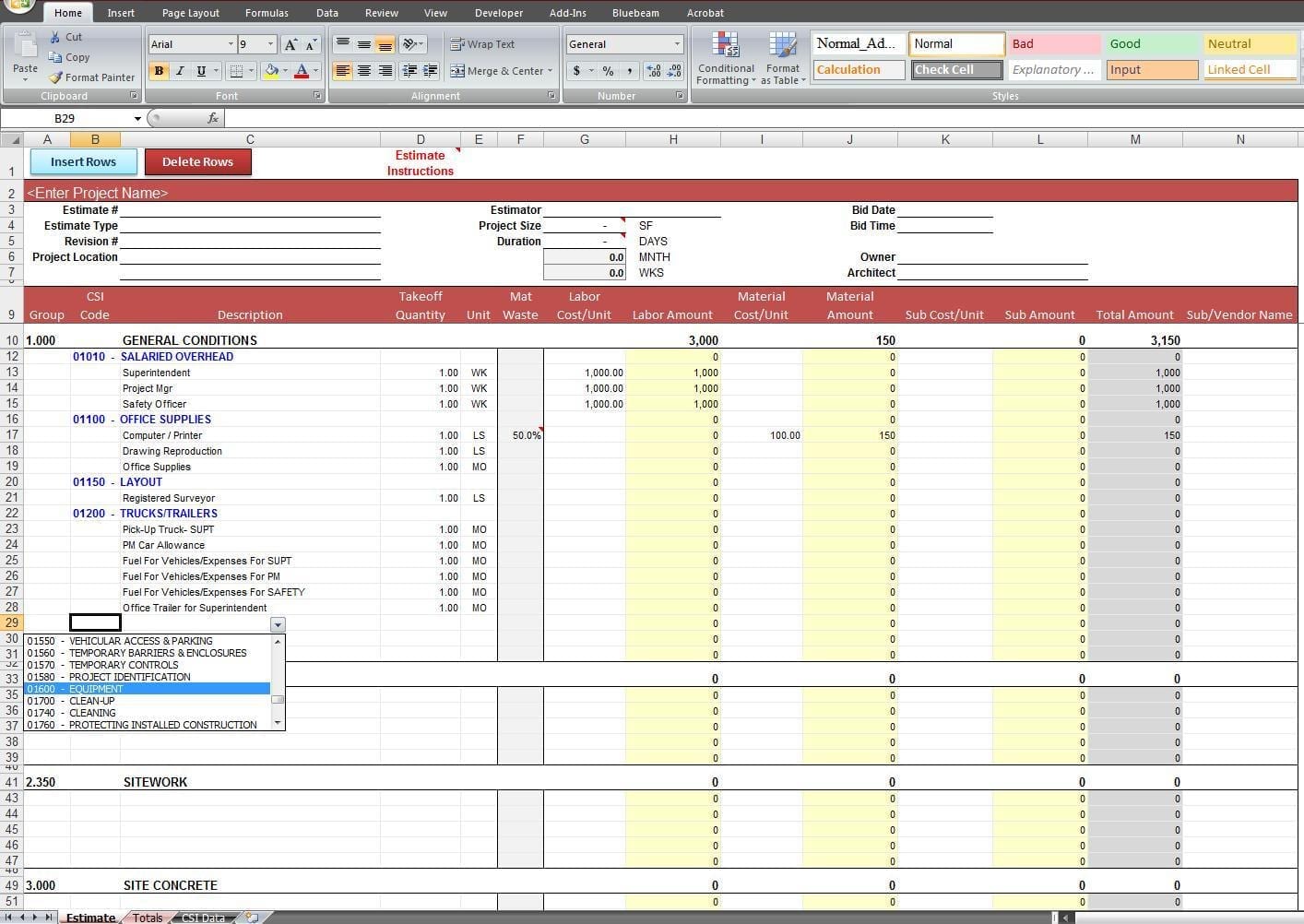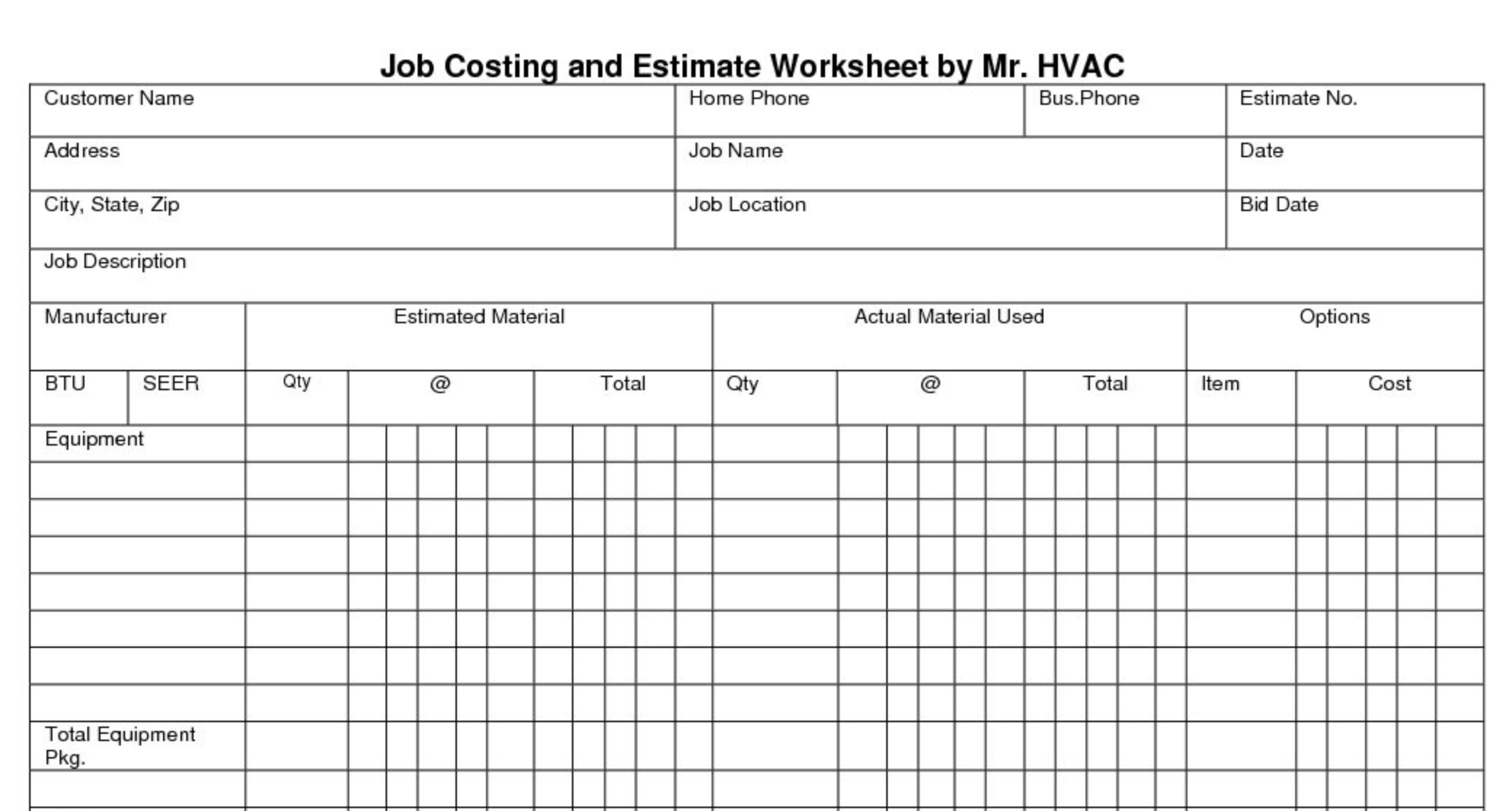Once that’s identified, you’ll need to identify how much revenue is needed to keep the business running and current operational costs. Think about the actual cost of sales and what investments are needed to run your business operations as it is now. That could include supplier costs, warehouse fees, sales offices, and other expenses incurred. Finding ways to reduce capital expenses for international products can help drive positive cash flow. Free Cash Flow to Equity can also be referred to as “Levered Free Cash Flow”. This measure is derived from the statement of cash flows by taking operating cash flow, deducting capital expenditures, and adding net debt issued (or subtracting net debt repayment).
- This is why investors look at the company’s free cash flow before investing.
- Some investors prefer to use FCF or FCF per share rather than earnings or earnings per share (EPS) as a measure of profitability because the latter metrics remove non-cash items from the income statement.
- While FCF is an indicator of profitability and the health of your business, it’s important to remember that it shouldn’t be looked at on its own.
- A company with strong sales and revenue could nonetheless experience diminished cash flows, if too many resources are tied up in storing unsold products.
- However, falling FCF trends, especially FCF trends that are very different compared to earnings and sales trends, indicate a higher likelihood of negative price performance in the future.
You must obtain professional or specialist advice before taking, or refraining from, any action on the basis of the content in this publication. The information in this publication does not constitute legal, tax or other professional advice from Wise Payments Limited or its affiliates. We make no representations, warranties or guarantees, whether express or implied, that the content in the publication is accurate, complete or up to date.
This figure is also sometimes compared to Free Cash Flow to Equity or Free Cash Flow to the Firm (see a comparison of cash flow types). Free cash flow (FCF) is the money that remains after a company pays for everyday operating expenses and capital expenditures. Knowing a company’s free cash flow can give insight into its financial health. Therefore, the FCF conversion rate can be interpreted as a company’s ability to convert its EBITDA into operating cash flow (OCF), i.e. “Cash from Operations” on the cash flow statement (CFS). It can alternatively cause companies to not have the liquidity to stay in business.
Unlevered vs. Levered FCF Yield Analysis Example
However, it also depends on the source of that FCF Conversion – is it driven by policies where customers pay upfront in cash before products are even delivered? If so, that’s very positive because it means the company gets more cash earlier on, on a consistent basis. To tell how reliably a company turns EBITDA into real cash flow, you can compare its Free Cash Flow – defined as CFO minus CapEx – to its EBITDA, and see what percentage its FCF represents. Although the effort is worth it, not all investors have the background knowledge or are willing to dedicate the time to calculate the number manually. The income statement and balance sheet can also be used to calculate FCF. Because FCF accounts for changes in working capital, it can provide important insights into the value of a company and the health of its fundamental trends.
For yield-oriented investors, FCF is also important for understanding the sustainability of a company’s dividend payments, as well as the likelihood of a company raising its dividends in the future. Free cash flow is an important financial metric because it represents the actual amount of cash at a company’s disposal. A company with consistently low or negative FCF might be forced into costly rounds of fundraising in an effort to remain solvent. Otherwise, if the toggle is on “Share Price,” the FCFE is divided by the current share price multiplied by the total shares outstanding. In this case, there is no need to add back net debt since we want the denominator to be the equity value.
Free Cash Flow Conversion: Definition, Formula, Ratio, Calculation, Example, Equation
The P/E ratio measures how much annual net income is available per common share. However, the cash flow statement is a better measure of the performance of a company than the income statement. Investors are interested in what cash the company has in its bank accounts, as these numbers show the truth of a company’s performance. It is more difficult to hide financial misdeeds and management adjustments in the cash flow statement. When evaluating stocks, most investors are familiar with fundamental indicators such as the price-to-earnings ratio (P/E), book value, price-to-book (P/B), and the PEG ratio. Also, investors who recognize the importance of cash generation use the company’s cash flow statements when analyzing its fundamentals.
Top 15 Small Business Accounts Payable Software
Together with the financial ratio return on invested capital, FCF can give a complete understanding of management’s ability to make the company grow. FCFF is good because it has the highest correlation of the firm’s economic value (on its own, without the effect of leverage). The downside is that it requires analysis and assumptions to be made about what the firm’s unlevered tax bill would be. In theory, the higher the FCF Conversion, the better, because it means the company is able to generate more cash flow from its business. Free cash flow indicates the amount of cash generated each year that is free and clear of all internal or external obligations.
What Is Free Cash Flow-to-Sales?
They don’t want to waste that free cash flow on expensive projects that don’t return a lot (low ROIC), so they have a quandary. However, be careful not to merely pull the cash flow from operations (CFO) figure without confirming the non-cash charges are indeed related to the core operations and are recurring. The next formula for calculating FCFF starts with cash flow from operations (CFO).
You can use this figure to calculate your CCR, but you may want to know your EBITDA for a better sense of the overall financial obligations of your large or small business. From there, you can see how much your cash flow is in line with your goals—or in need of a boost through some cost-cutting and restructuring efforts. https://personal-accounting.org/cash-conversion-score-for-cloud-companies/ While a high CRR could be a good sign for liquidity, having too much excess cash might imply that the company is not utilizing its resources in the most effective way. The company should consider re-investing in profitable projects or expanding its operations to further enhance the profitability of the business.
They want to see that the business operations are healthy and efficient enough to generate excess funds. Even as a business owner, calculating the free cash flow of your business can tell you whether to expand your business. If your business has FCF, it indicates that your business is in a good position to expand. Expansion for you could mean hiring more staff, adding an office, or even investing in or acquiring a competing business.
In the late 2000s and early 2010s, many solar companies were dealing with this exact kind of credit problem. Sales and income could be inflated by offering more generous terms to clients. However, because this issue was widely known in the industry, suppliers were less willing to extend terms and wanted to be paid by solar companies faster. The valuation metric that corresponds to FCFF is the enterprise value, so we add the $50mm in net debt to arrive at the TEV in the denominator. For the unlevered FCF yield, we have an “IF” function saying that if the approach toggle selected is on “TEV”, then the FCFF of $23mm will be divided by the TEV of $250mm.











